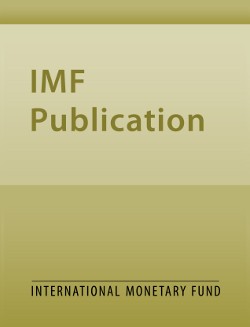
World Economic Outlook, April 2025: Chapter 2 and Chapter 3
Chapter 2 examines the global implications of population aging, focusing on healthy-aging trends. It highlights policies that improve the human capital of older workers and increase labor force participation to boost growth and rebuild fiscal buffers amid demographic headwinds.
READ MORE...
Volume/Issue:
Volume 2025
Issue 001
Publication date: April 2025
ISBN: 9798400289965
$0.00
Add to Cart by clicking price of the language and format you'd like to purchase
Available Languages and Formats
| English |
Topics covered in this book
This title contains information about the following subjects.
Click on a subject if you would like to see other titles with the same subjects.
Legal migration , refugees , migration and refugee policies , integration , skills mismatches , spillovers , international cooperation
Also of interest
Summary
As the global population ages, economies worldwide are experiencing significant demographic shifts with profound implications. Chapter 2 explores the rise of the "silver economy," focusing on the extent of healthy aging and its impact on labor markets, the broader economic implications of demographic changes, and the role of targeted policies in mitigating the adverse effects of aging. The analysis reveals that while population aging poses challenges such as slower growth and increased fiscal pressures, healthier aging trends offer a silver lining by boosting labor force participation, extending working lives, and enhancing productivity. The chapter underscores the importance of policies that support healthy aging, increase labor force participation among older individuals, and close gender gaps in the workforce. By leveraging these strategies, countries can harness the potential of the silver economy to boost growth and rebuild fiscal buffers amid demographic headwinds.
The movement of migrants and refugees has become a fixture of public debate. Chapter 3 examines how changes in the stringency of migrant and refugee policies can alter the journeys and legal pathways people choose to take within and between economies. For example, stricter policies can deflect flows of people to new destinations. Those economies can experience short-term challenges from strains on local services but ultimately benefit in the longer term. Costs are likely to be more severe where challenges to integrate newcomers are larger—notably in emerging market and developing economies—and their skills are not well matched with local labor market needs. Benefits can materialize sooner by boosting infrastructure investment and promoting private sector development. International cooperation can also help by more evenly distributing short-term costs across economies.
Copyright © 2010 - 2025
Powered by:
AIDC



